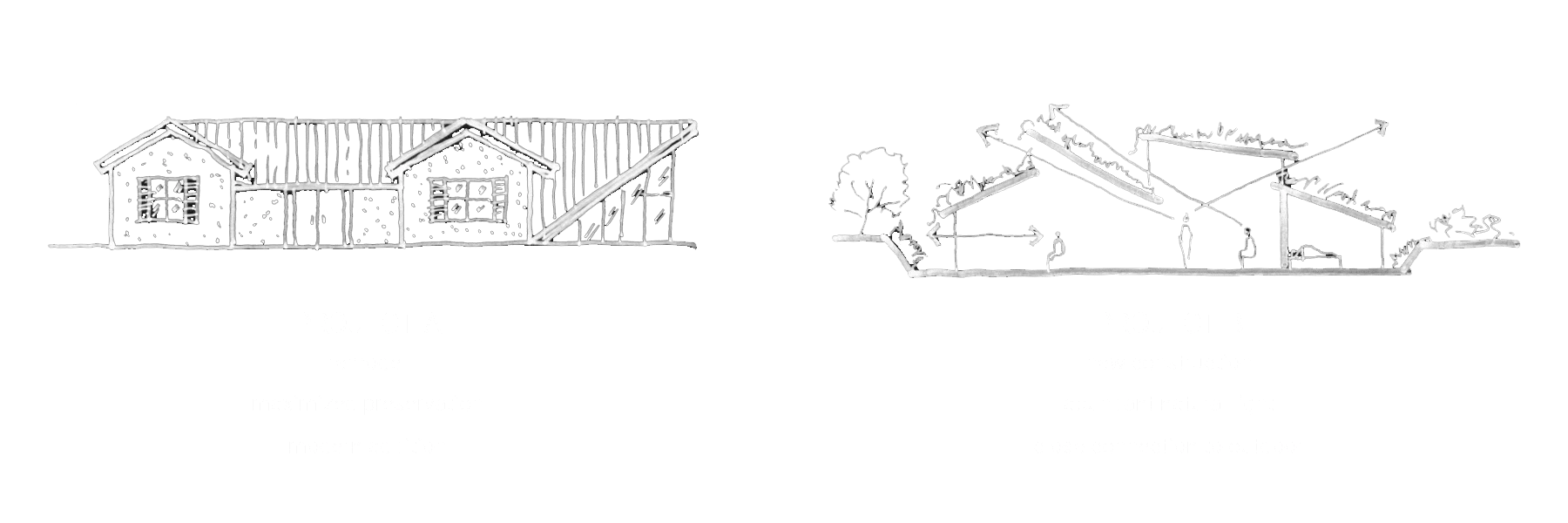I am an architect based in Southern California. I believe architecture plays a large, albeit quiet, part in the everyday. Architecture is more than just odd shapes, trending accent colors and styles. Architecture dictates what view you see when you first get out of bed, how far you have to walk from your desk to get a cup of water in the kitchen, how warm the family room feels while you sit on the couch as the sunlight enters through the window in the winter. When well executed, architecture enhances the everyday. This is what I want to bring to every project.

Architecture is shaped by a set of complex - sometimes conflicting - factors. The requirements of the clients, the various user needs, the limited budget, the culture of a place, the immediate surrounding of a project site, the symbolism associated with a building, the local construction techniques and methods, sustainability, the designer's predisposition - just to name a few. Determining which of these factors are prioritized is a value judgement and varies among architects. Architecture, therefore, is subjective.
Through all my projects, I have focused on these factors:
Purpose. Intent - Architecture must elevate life within it. A house must embrace the lifestyle and dynamics of the family dwelling inside. An office space must accommodate the culture of a company and facilitate different modes of working that fit its team members. A community center must support its residents and highlights the local way of life.
No Preconceived Notions - No two individuals are the same. Each has their own history, values, and priorities. So do projects. I start each project by researching and listening to those involved and delay conceptualization as much as possible. Oftentimes, the thing that makes a project unique emerges from understanding the specific challenges of the existing site conditions or the conflicting demands of the clients. The relevant knowledge from past projects is then revisited to help address the unique issue in the current one, not to dictate it.

Spatial Connectedness - Practicing architecture means creating spaces for sentient beings which always exist in relation to one another. Nothing exists in isolation. Therefore, these habitable spaces must be connected in ways that reflect these connections and relationships. Shared spaces inside a house, even if scattered across different levels, should be linked to foster familial interactions. For lovers of the outdoors, the space immediately outside of the building must feel like an extension of the interior living space.

Natural Light - Sunlight brings numerous health benefits and a heightened awareness of the natural world. A space conducive to human well-being without natural light is unpractical. For the more utility-minded skeptics, the use of natural light reduces electricity usage and extends the building longevity.
Natural Ventilation, Cooling and Heating - A building that is oriented in the direction of natural breeze and prevailing winds reduces the need for an air-conditioning system. At the same time, its orientation can dictate how much sunlight enters the interior spaces, minimizing mechanical cooling and heating. Embracing the power of nature reduces energy usage and maintenance of the mechanical equipment, thereby prolonging the life of the building.